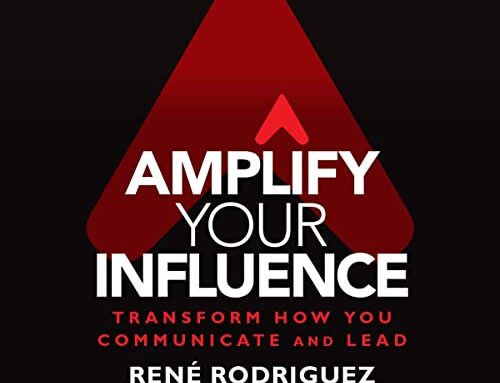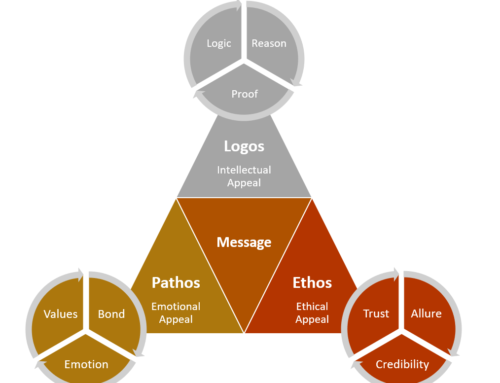
Getting Things Done
One List, or Subdivided?
Most people find that one list is the best way to go because it serves as a master inventory rather than as a daily prioritizing guideline. To reiterate, you don’t want to use support materials as your primary reminders of what to do—that should be relegated to your action lists.
Organizing Ad Hoc Project Thinking
In chapter 3, I suggested that you will often have ideas that you’ll want to keep about projects but that are not necessarily next actions. Those ideas fall into the broad category of “project support materials,” and may be anything from a notion about something you might want to do on your next vacation to a clarification of some major components in a project plan.
What do you do with that kind of material? My recommendation here is that you consider where you’re keeping tabs on the project or topic itself, how you might add information to it in that format, and where you might store any more extensive data associated with it. Most professionals will have several options for how to handle support materials, including attaching notes to a list item, organizing digital information in e-mail and/or databases, and maintaining paper-based files and notes in notebooks.
Attached Notes: Most organizing software allows you to attach a digital note to a list or calendar entry.
Organizing Nonactionable Data
Interestingly, one of the biggest problems with most people’s personal management systems is that they blend a few actionable things with a large amount of data and material that has value but no action attached. Having good, consistent structures with which to manage the nonactionable items in our work and lives is as important as managing our action and project reminders. When the nonactionable items aren’t properly managed, they clog up the whole process.
Nonactionable items fall into three large categories:
reference materials,
reminders of things that need no action now but might at a later date, and
things that you don’t need at all (trash).
Reference Materials
Much of what comes across your desk and into your life in general is reference material. There’s no action required, but it’s information that you want to keep, for a variety of reasons. Your major decisions will be how much to keep, how much room to dedicate to it, what form it should be stored in, and where.
The problem most people have psychologically with all their stuff is that it’s still stuff—that is, they haven’t decided what’s actionable and what’s not. Once you’ve made a clean distinction about which is which, what’s left as reference should have no pull or incompletion associated with it—it’s just your library. Your only decision then is how big a library you want.
You need to feel comfortable storing even a single piece of paper that you might want to refer to later, or an article you read online, and your general-reference system must be informal and accessible enough that it’s a snap to file something away, right at hand where you do your work and personal administration and review. If you’re not set up that way yet, look back at chapter 4 for help on this topic.
Some degree of consistency will always make things easier.
What about rare situations relative to your job? Material needed for those could be archived in departmental files, off-site storage, or deep in the digital cloud.
Do you see how that personal organization of reference material is simply a logistical and purpose-based one? Distinguishing actionable from nonactionable things is the first key success factor in this arena.


